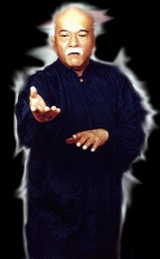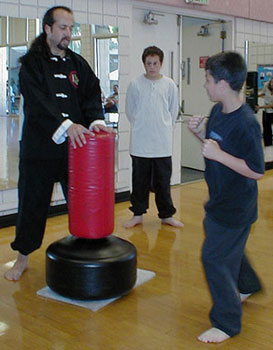The History of Kenpo Karate
Kenpo is a Japanese unarmed fighting art that was brought from China to Japan about 700 years ago by the Yoshida Clan and was quickly adopted by the Komatsu Clan. The word Kenpo means literally, “Fist Law,” and also refers to its Chinese origin. The Japanese adaptation of this Chinese style was well suited to defend against the various unarmed Japanese martial arts of the 12th century. Few modifications were required for Kenpo to overcome the new unarmed systems that developed over the next 7 centuries that came to be known as Karate (Japanese of “Empty Hand”). But for the Yoshida and Komatsu Clans who developed their art into a truly Japanese style, the term was simply Kenpo. During this same period the Chinese system from which Kenpo was derived underwent so many changes that, while most of the Kenpo techniques can be found scattered among the hundreds of Chinese fighting systems, there is no single system in China today that resembles Kenpo.
“Chinese Kenpo” is a term coined by Ed Parker in 1960, when he found there was no kung fu style that resembled Kenpo. But adding Chinese forms and Chinese terms did not change the nature or Japanese origin of Kenpo. It has, however, imbued the “Chinese connection” with an “ignorance is bliss” mentality. One of Ed Parkers students at the time was Jerry Meyers who went on to train with Bruce Lee and Danny Inosanto, and combined their style with Kenpo to make it a true Chinese Kenpo style.


